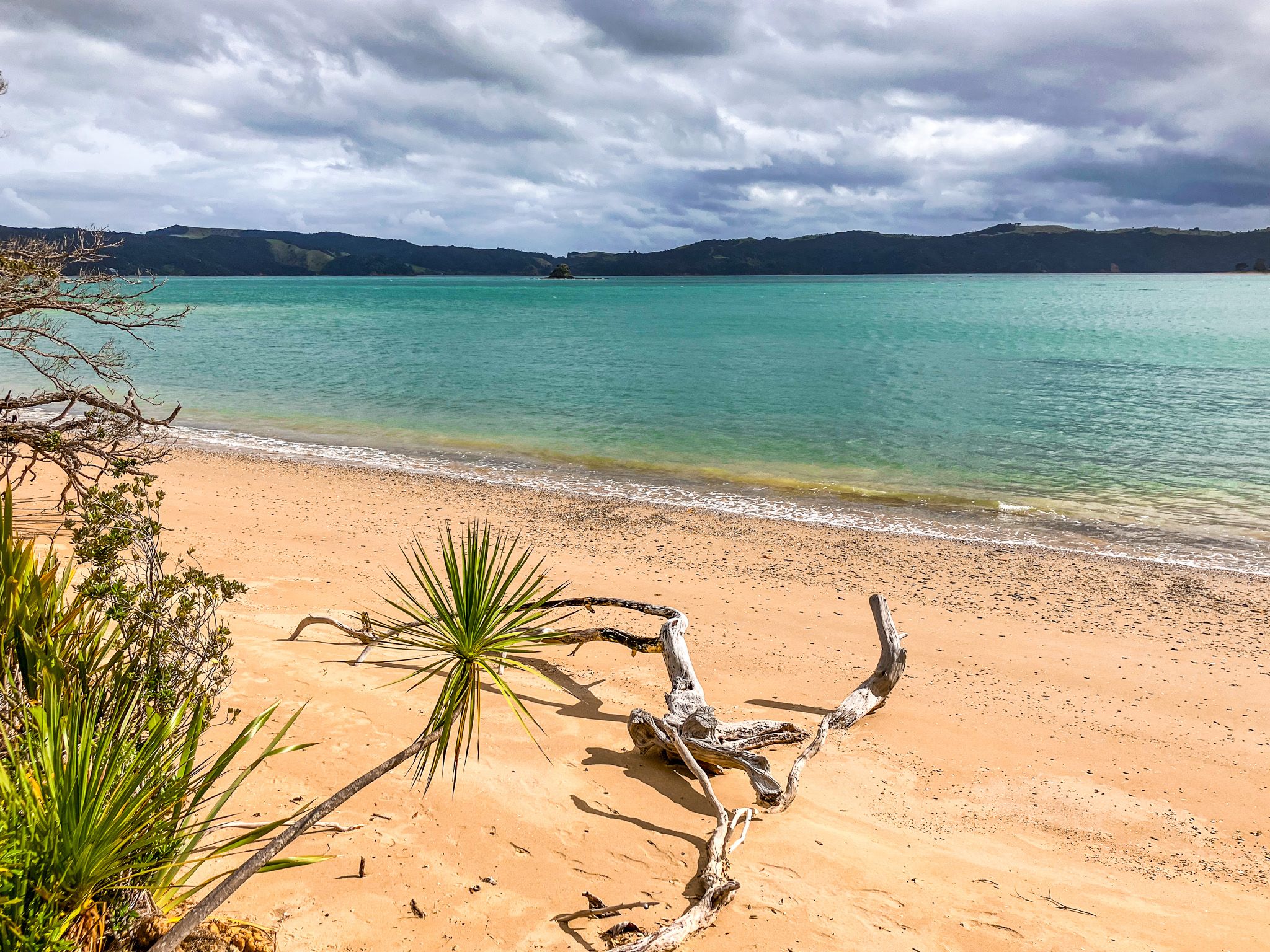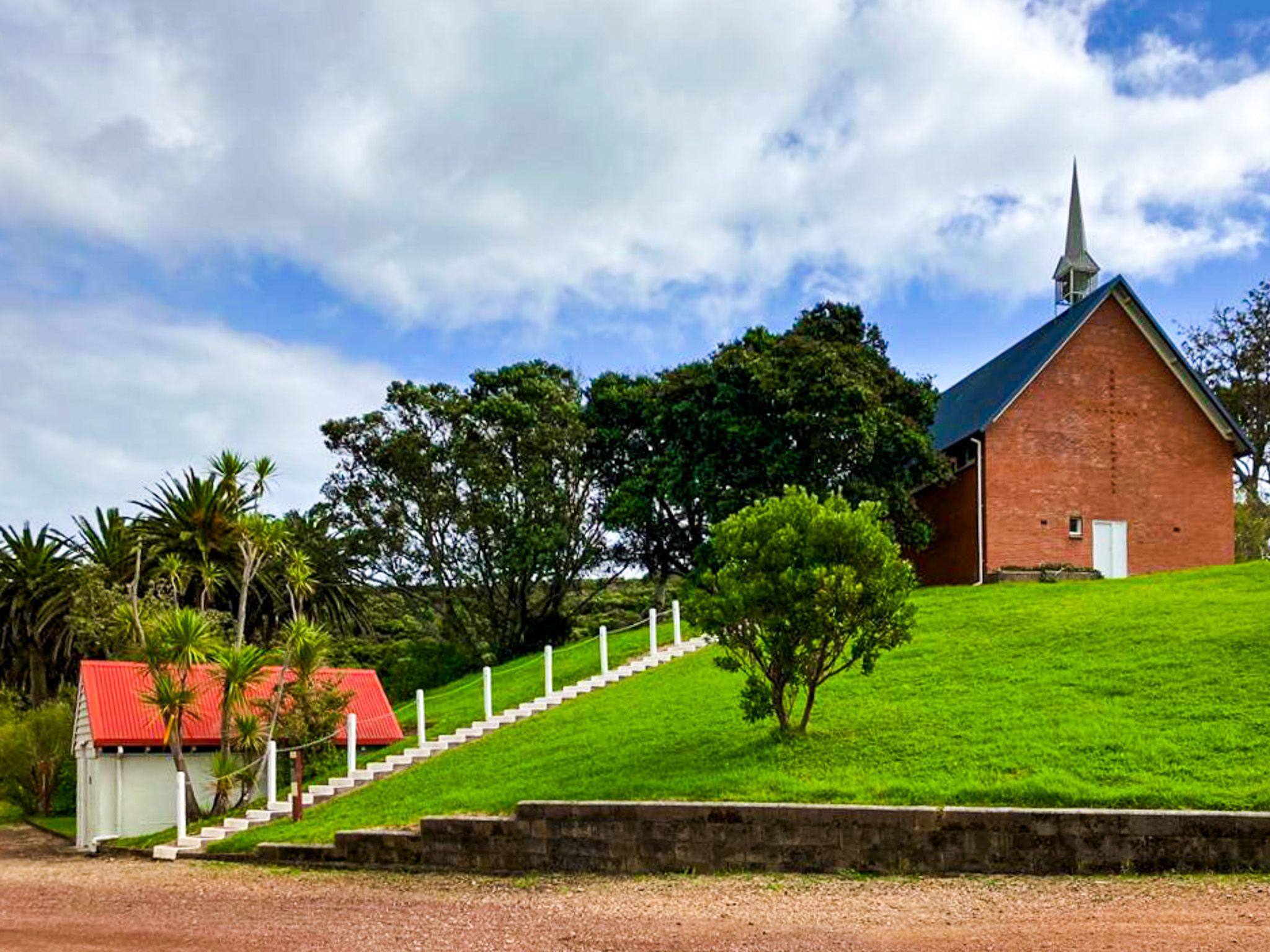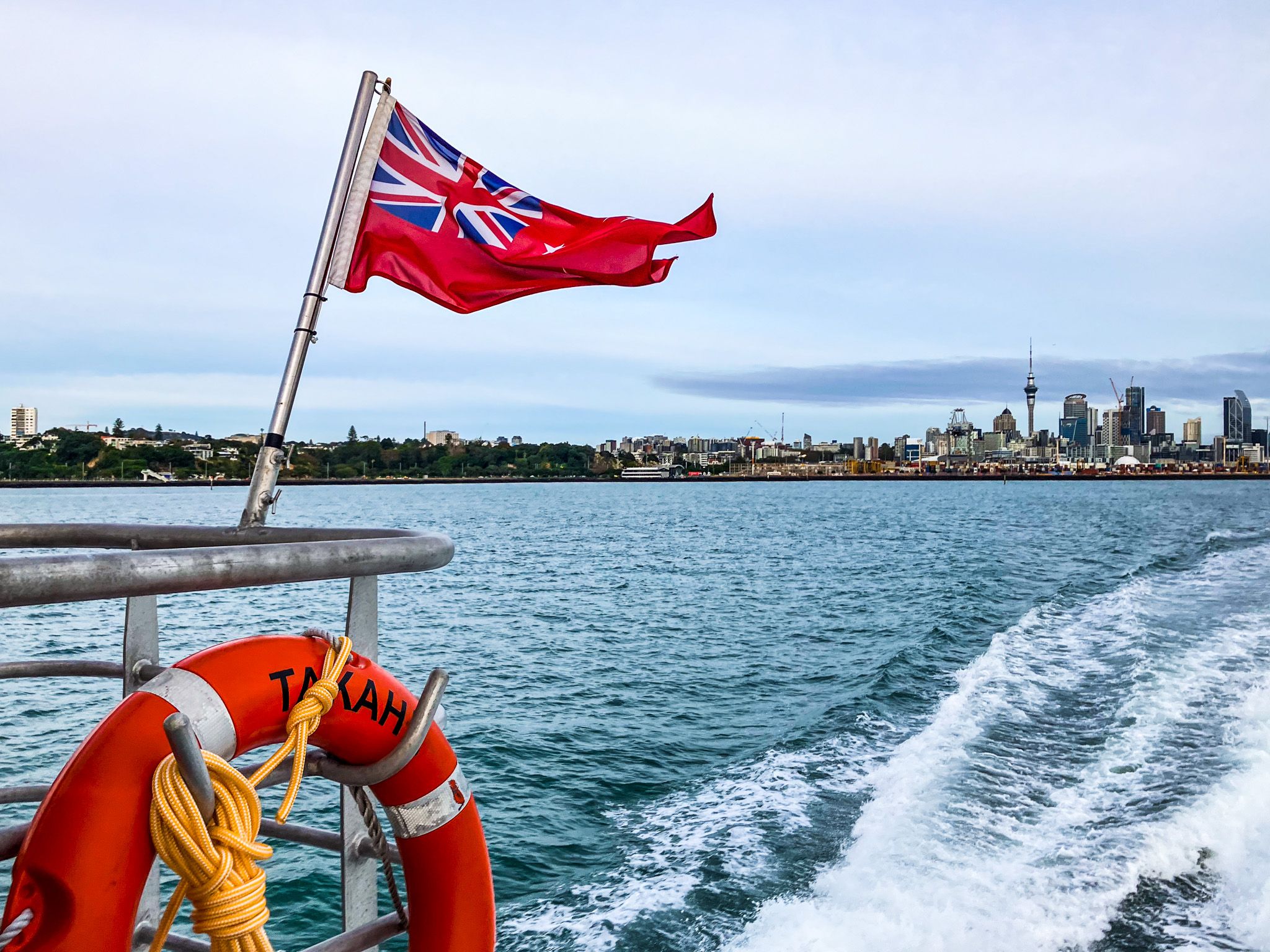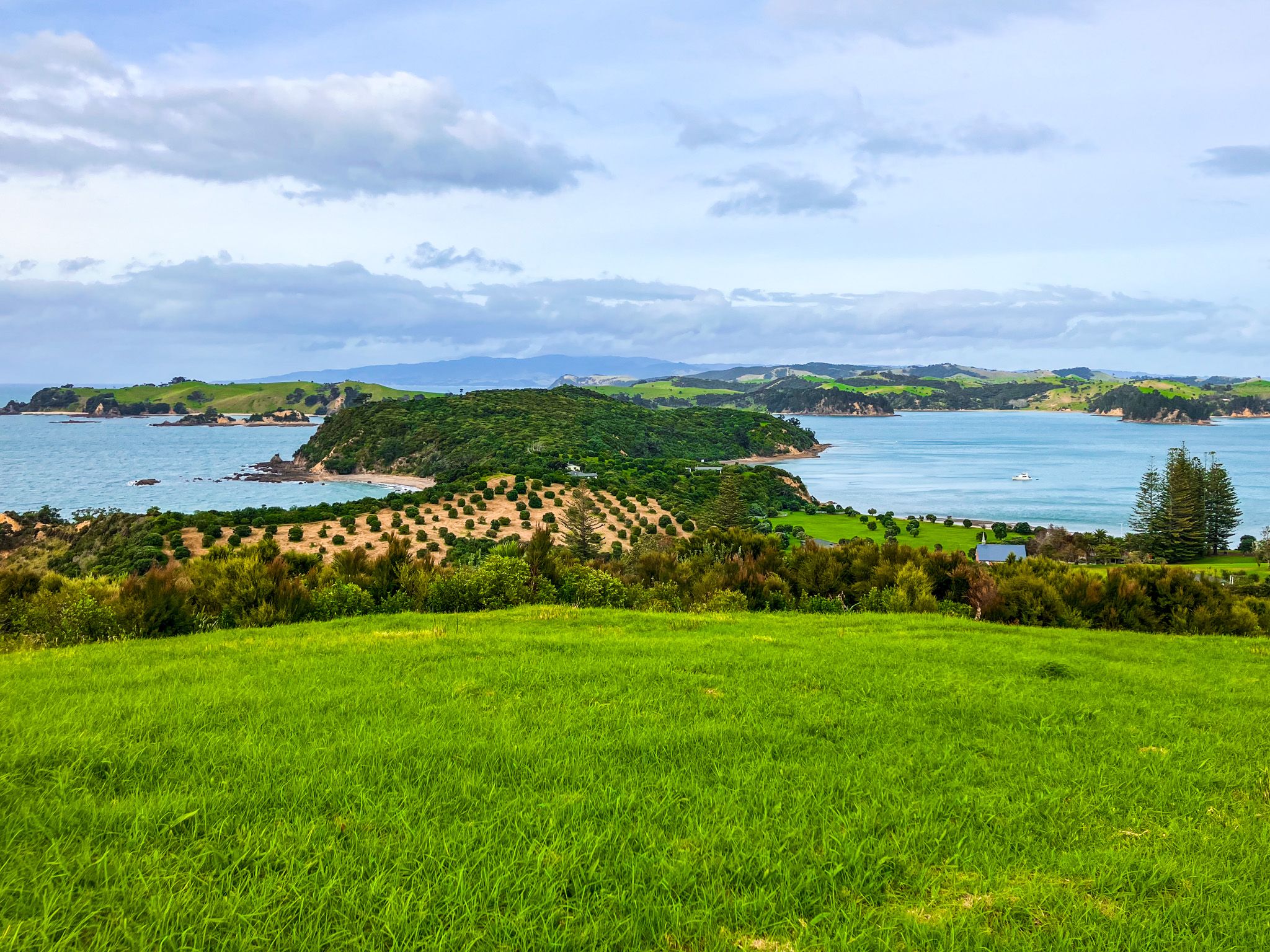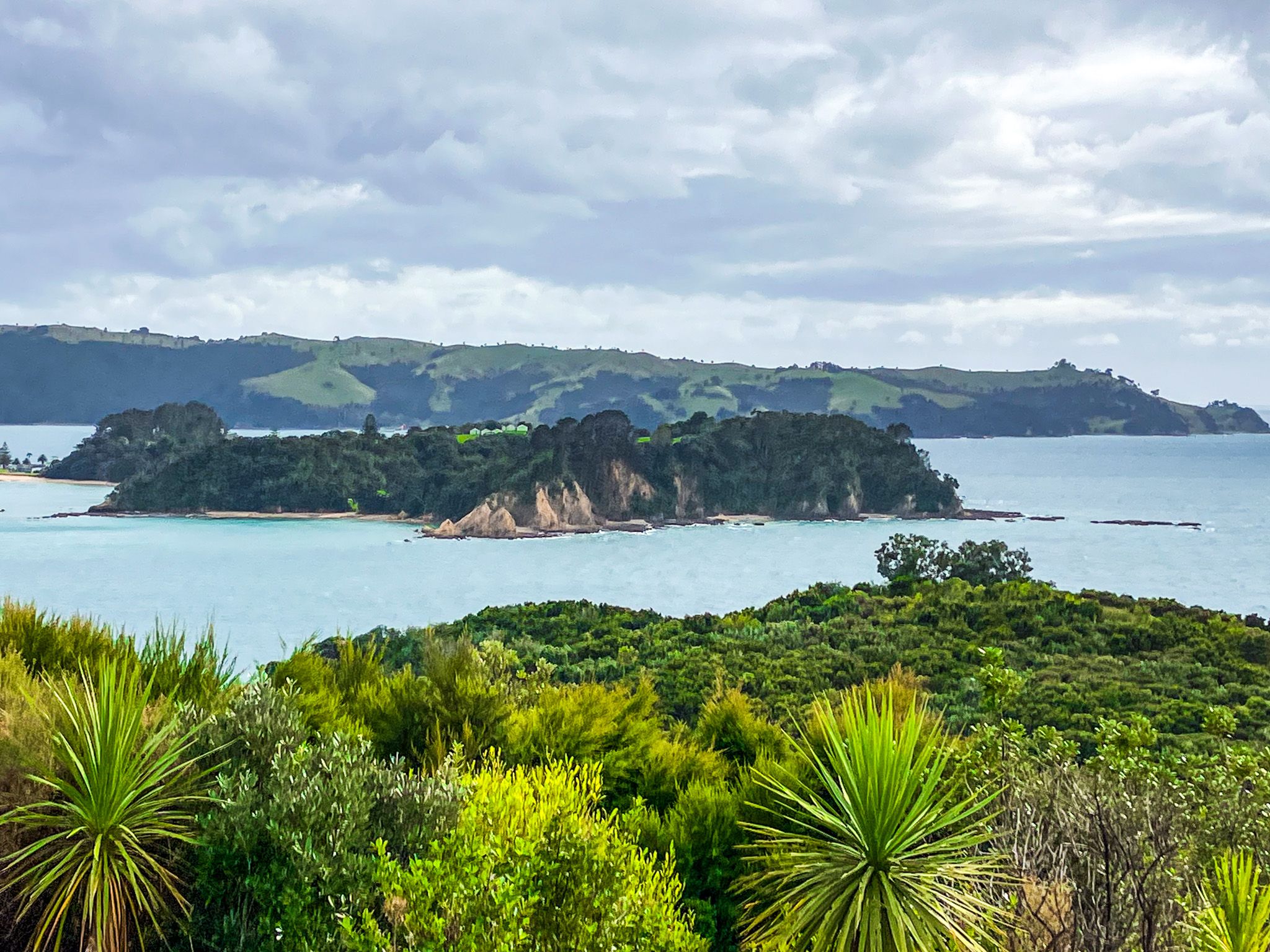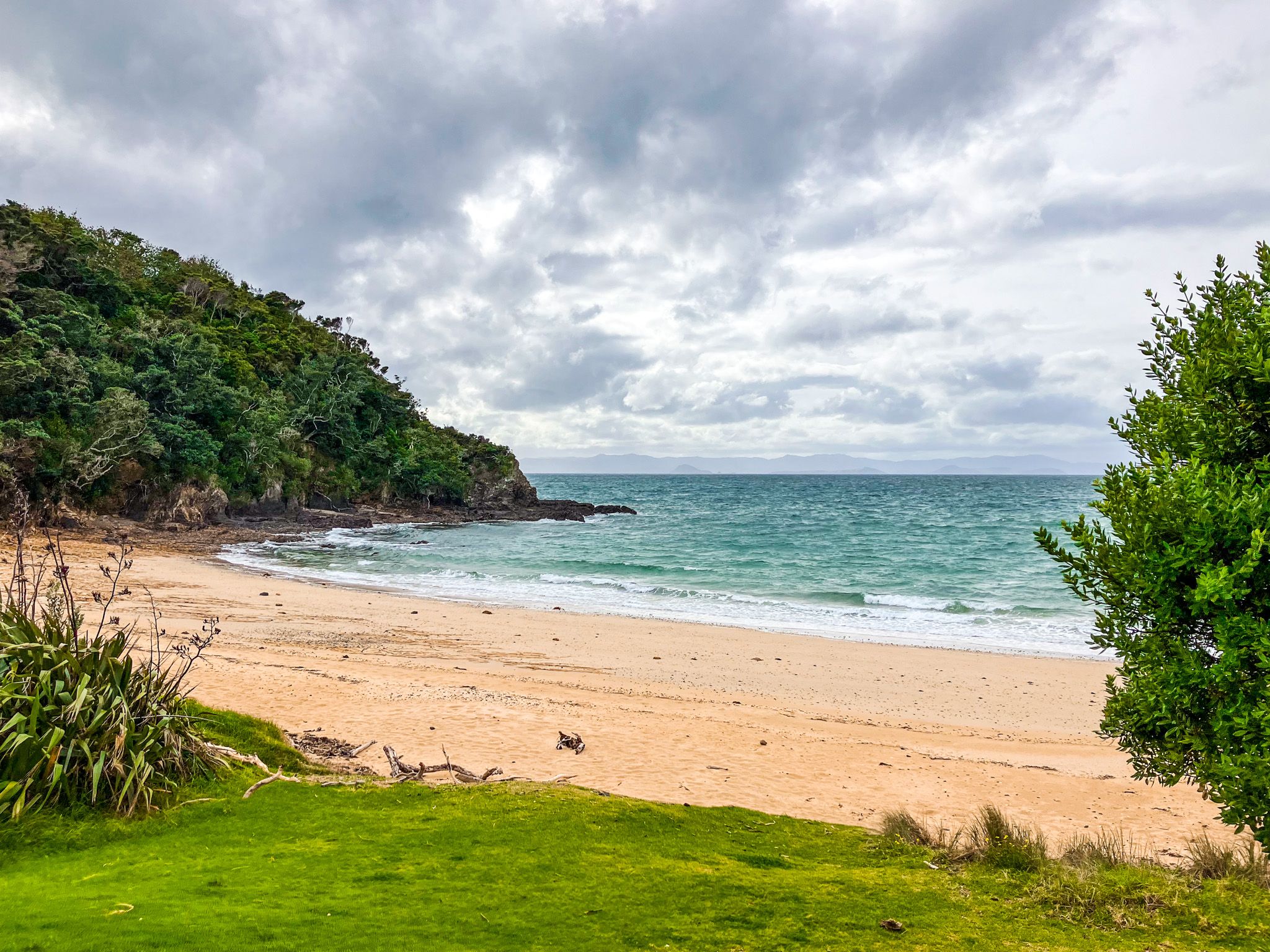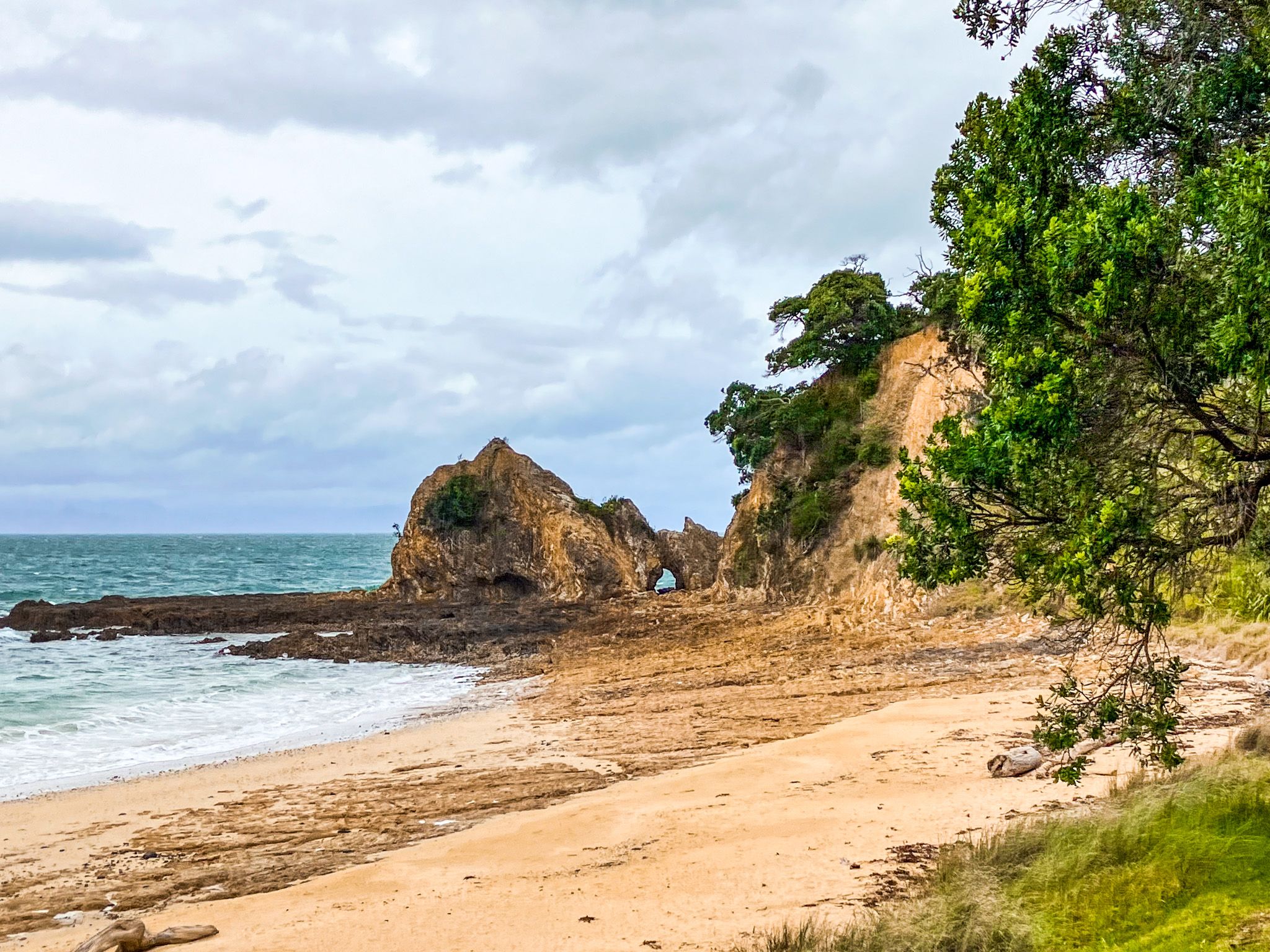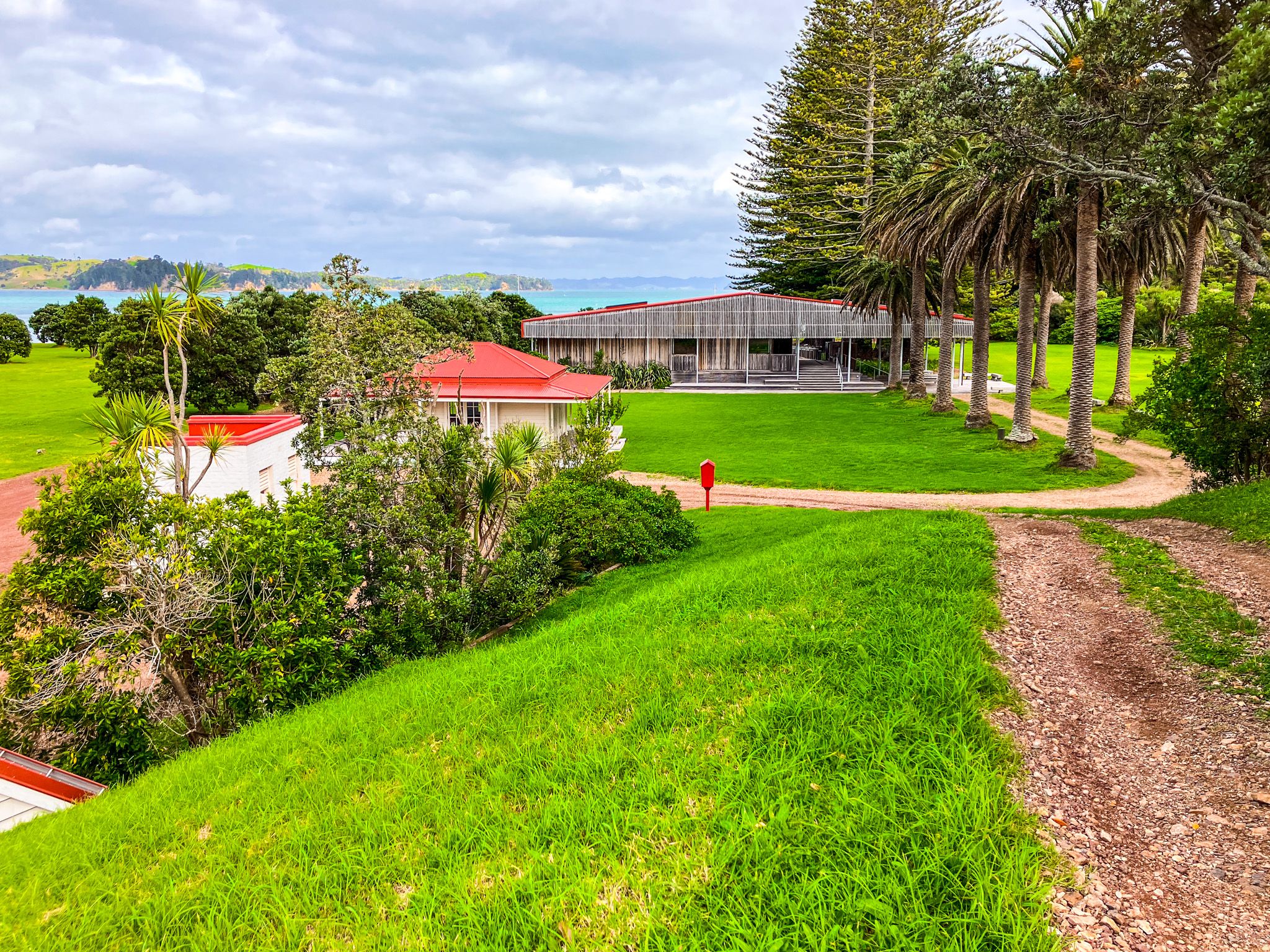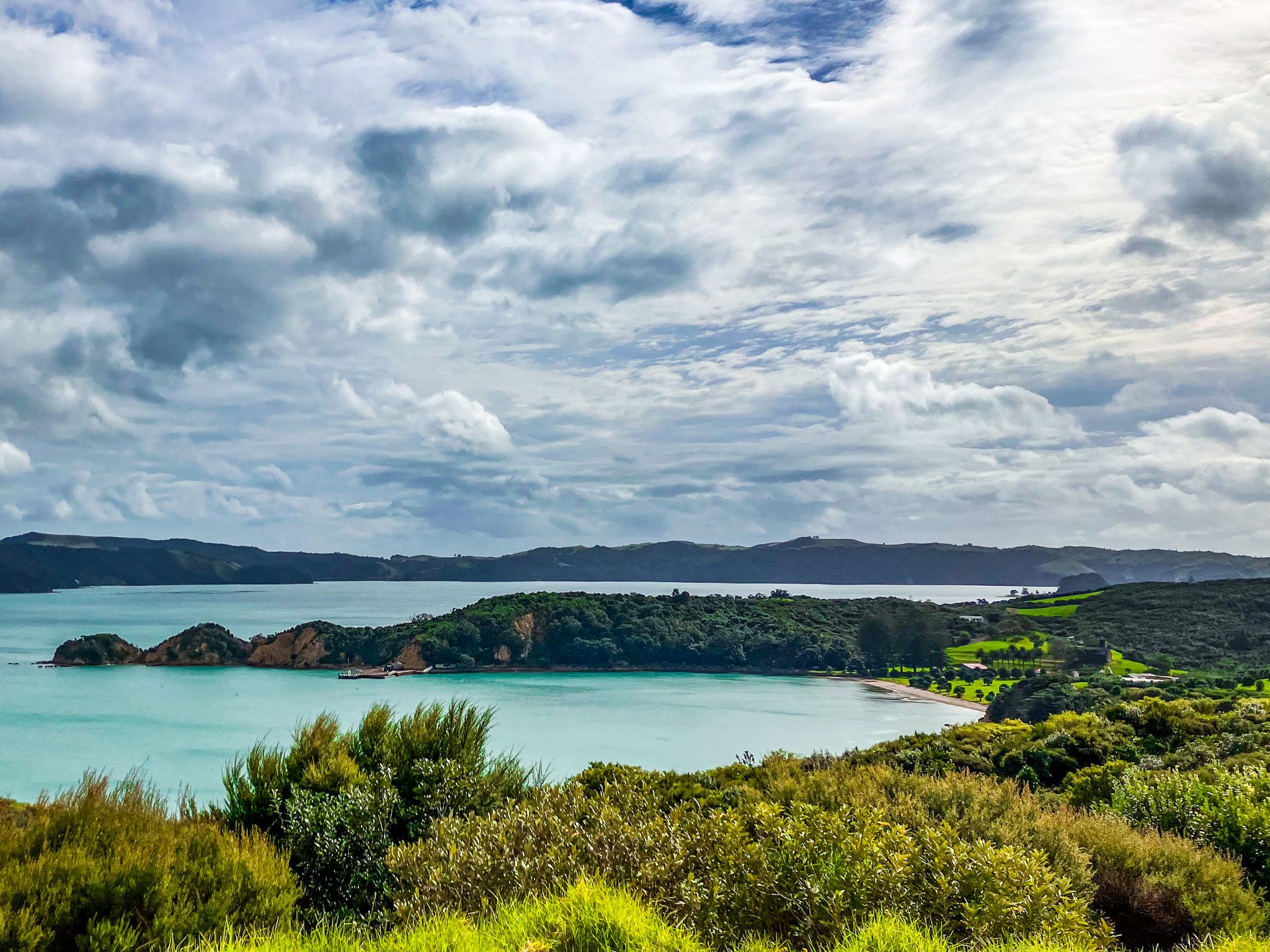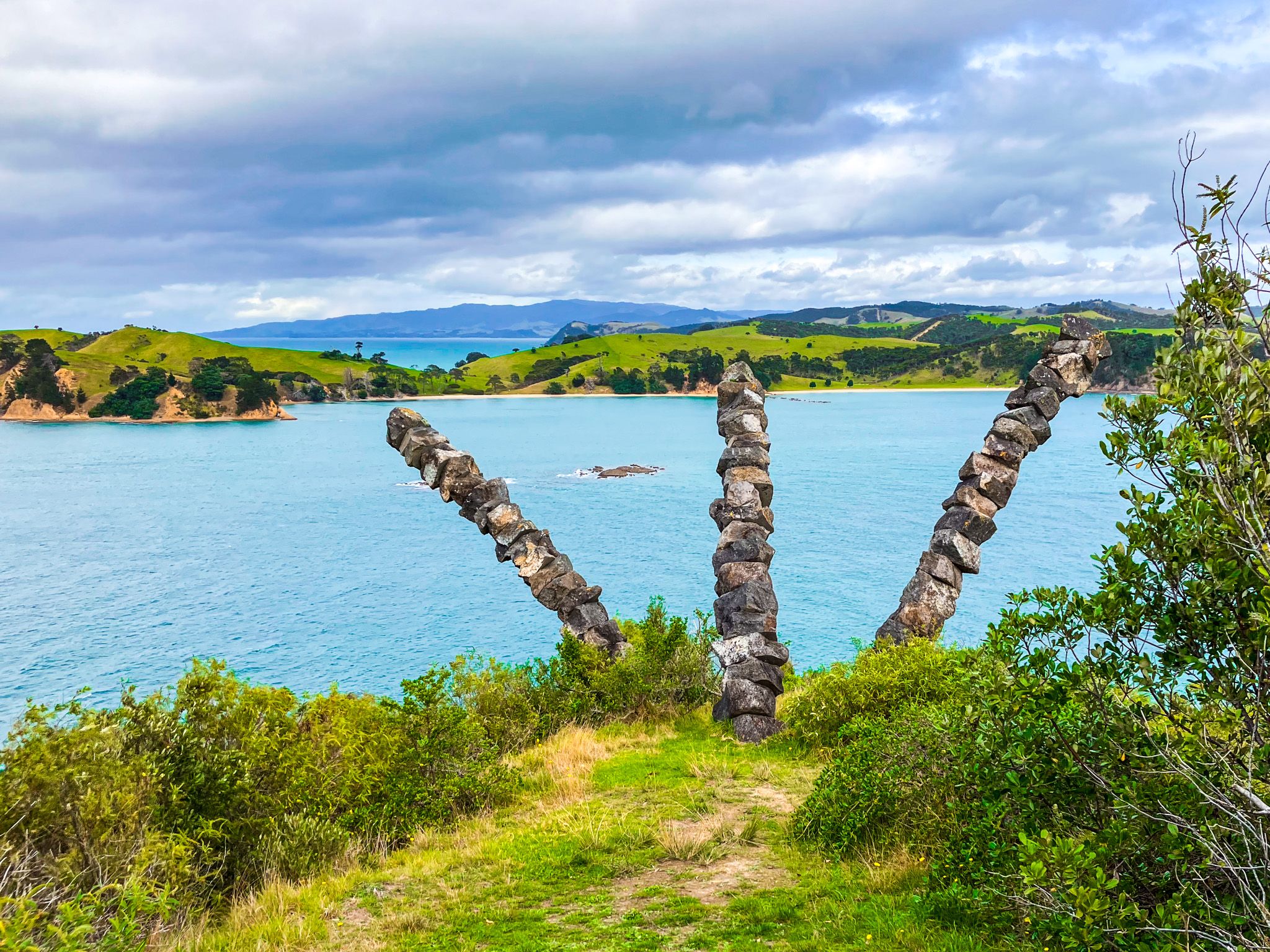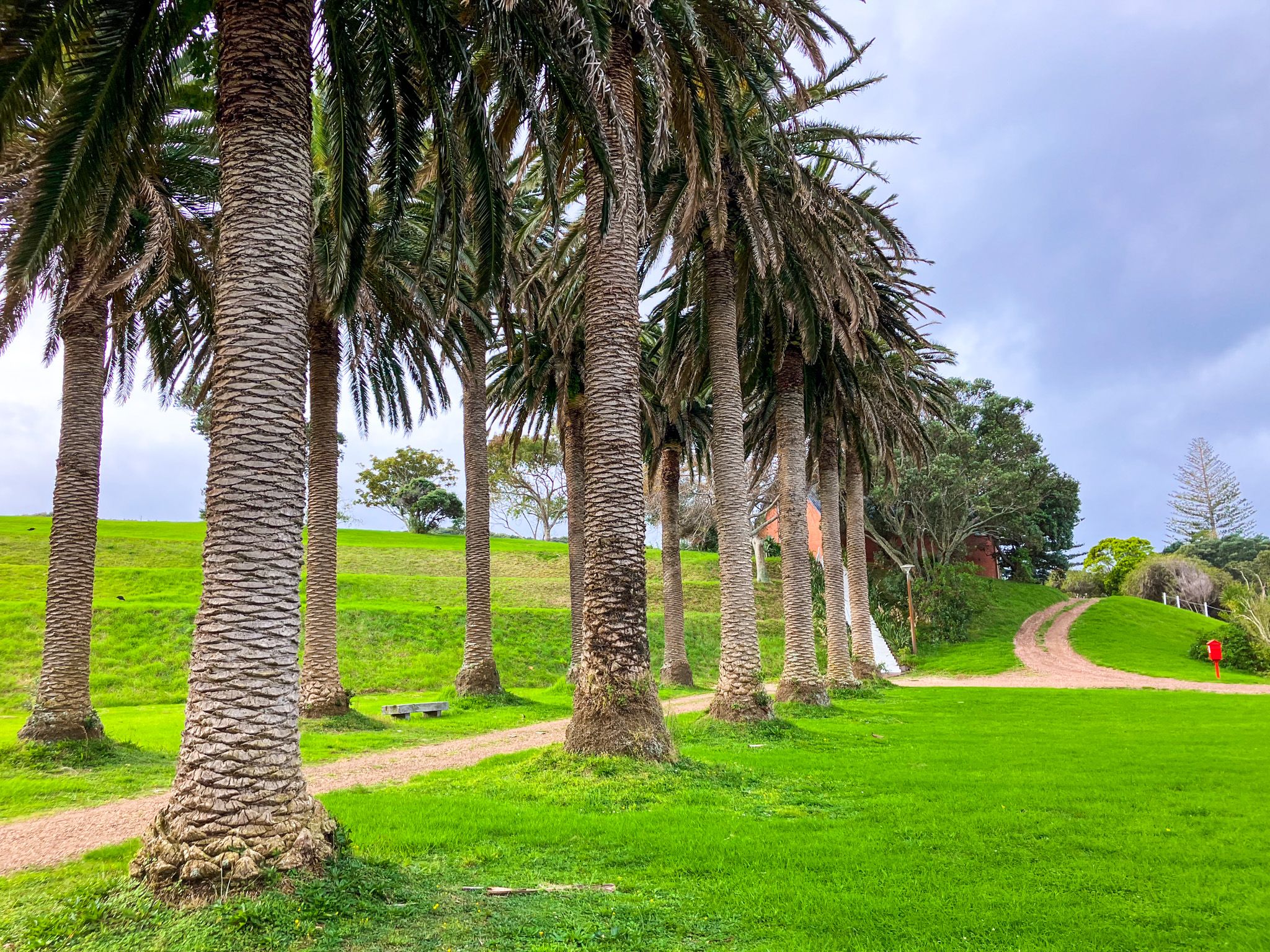Rotoroa Island is located east of Waiheke Island in Auckland’s Hauraki Gulf. With an area of 82 hectares, it is one of the smaller islands and perfect for a day trip or an overnight stay. There are several short looped walking tracks around the island and access to lovely swimming beaches, viewpoints, a historical precinct, and a cool modern museum. The island combines an interesting 100-year history of drug rehabilitation services with a modern natural habitat and species restoration project. This project is more recent than similar projects around Auckland, so you get more insight into the transition phase. Rotoroa Island is a 75-minute ferry ride from Downtown Auckland on Wednesdays to Sundays and public holidays.
After Europeans arrived in the region, the island was cleared and farmed. The Salvation Army purchased the island in 1908 to expand its existing alcohol and drug rehabilitation facility on nearby Pakatoa Island. Men were treated at Home Bay at Rotoroa, while women were treated at Pakatoa. This facility was closed in 2005.
In 2008, philanthropists Neal and Annette Plowman negotiated a 99-year lease from the Salvation Army to restore and redevelop the island. The island opened to the public in 2011. Three houses and a lodge were restored for overnight accommodation, and a new modern museum was developed to house the island’s history. A sculpture by Chris Booth was also added and is located at the island’s southern point.
Natural environment restoration was pursued, and the island was predator-free by 2014. Native birds, such as takahē, pāteke, tīeke, and North Island brown kiwi, were translocated to Rotoroa. Replanting included the removal of 22,000 pine trees, and over 400,000 native trees, including 30,000 pōhutukawa and kauri seedlings, have been planted.
